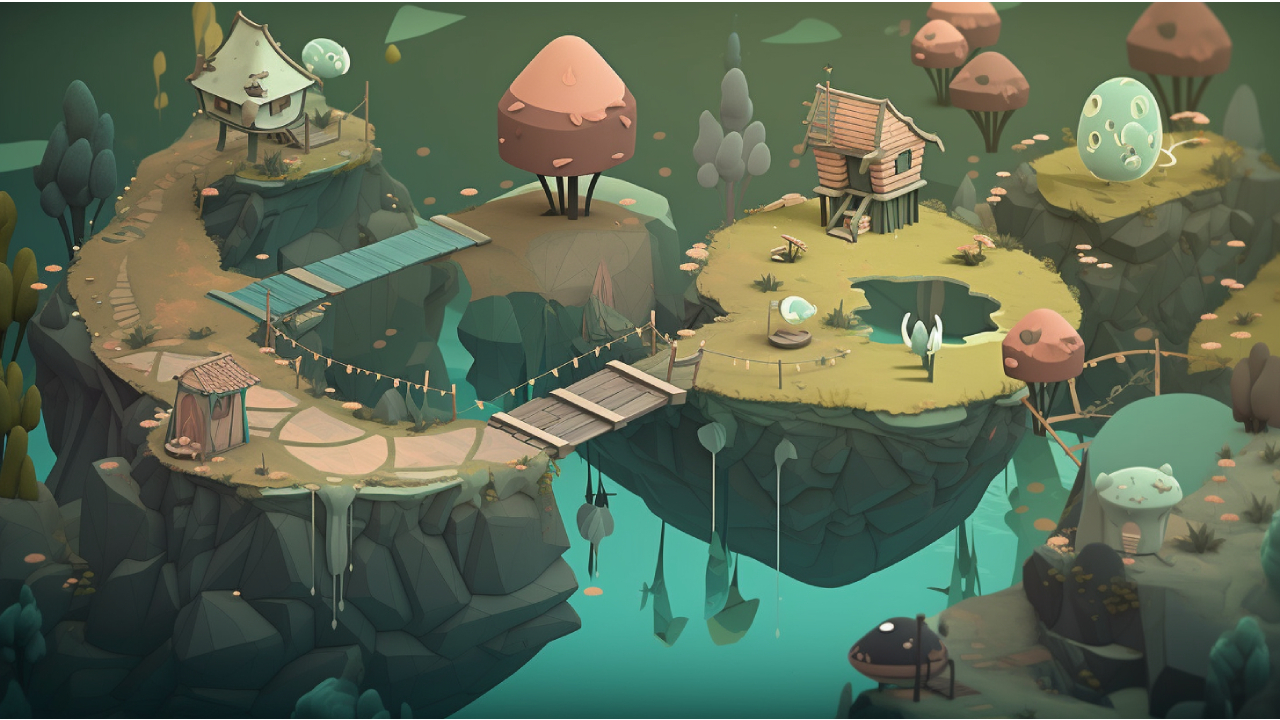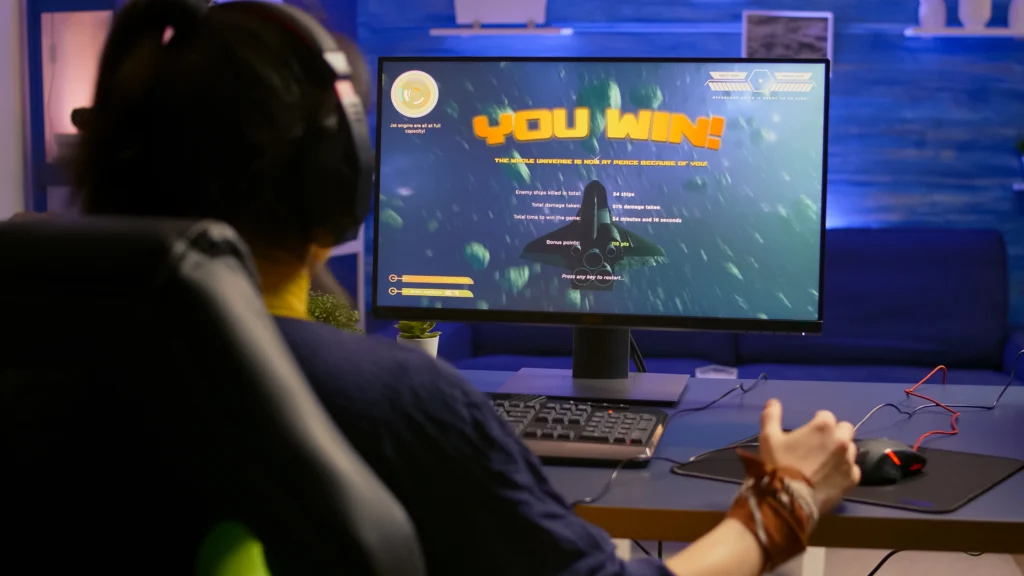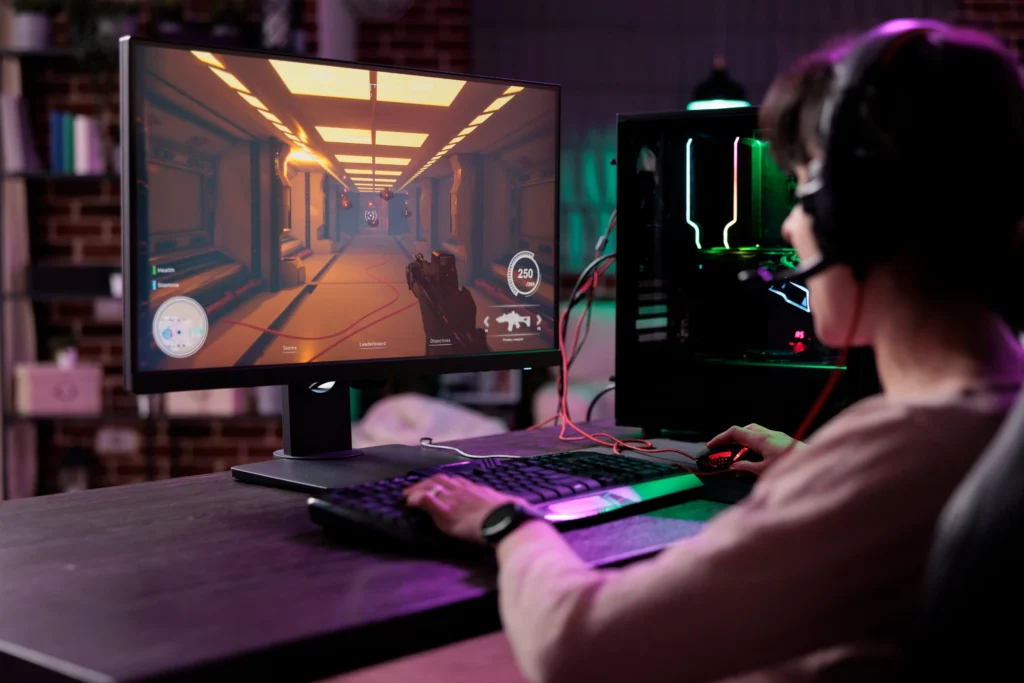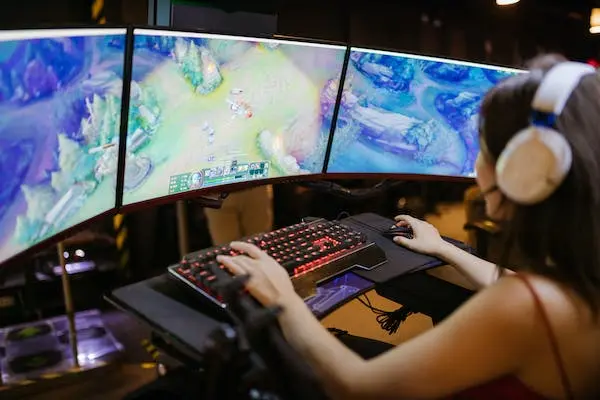Mastering Moddio’s Visual Scripting System: A Step-by-Step Guide

Interested in game development but have no experience with programming? Moddio’s visual scripting systems may be the answer you’re looking for! With visual scripting, you can create complex game mechanics and behaviors without writing a single line of code. While there are many visual scripting options out there, we want to introduce you to Moddio and our intuitive visual scripting system.
Table of Contents
What is Visual Scripting?
Visual scripting is a type of programming that uses visual elements, such as blocks and flowcharts, to represent code logic. While traditional coding involves writing lines and lines of complex numbers, visual scripting helps new programmers learn the basics. Simply put, with visual scripting, developers can create complex game mechanics and behaviors without having to learn programming languages like C++ or Java. Just drag the function you want, enter the variables, and watch as your code brings your game to life.
What is Modd.io?
Moddio is a web-based platform that allows you to create, publish, and play multiplayer games without any coding knowledge. One of the standout features of Moddio is its visual scripting system, which allows you to create complex game mechanics with ease. The Moddio community is filled with innovative developers and helpful staff who are constantly improving the platform. From games, forums, blogs, and more Moddio is the best place to get your footing in the world of game development.
Getting Started with Moddio’s Visual Scripting System
Step 1: Create a new game project in Moddio
First, go to the Moddio website and sign up for an account. Once you’re logged in, click on “Create” and choose “Create New Game” from the top right. Select a template, give your game a name, and select “Create.” You will then be loaded into the game editor.
Step 2: Access the visual scripting editor
Once you’ve created your game project, click on “Play Game” to access the game and the built-in editor. From there, click on “Entities” in the blue top menu to access the game’s current units, items, and projectiles. Here you can access scripts, which when clicked on will prompt the visual scripting editor.
Step 3: Create a new script
Click on Scripts next to the Unit, Item, Projectile, or World you want to work on. From there, you can add New Folders, New Scripts, and access the Drag and Drop system within the editor.
Step 4: Use conditions to create a simple script
To create a simple script, you can use Triggers to activate actions. For example, you could create a script that makes a character uses an item it can place a wall. To do this, activate the Trigger “When a unit uses an item.” From there, set up the action with an “if” clause. In this case: “if(( item type of (triggering item) )) == Wooden Wall.” This sets up the item to be triggered when it is a Wooden Wall. Then create a “Then do:” function to place the wall itself. In this case, “create Wooden Wall for Owner of (triggering unit)) at (position of(triggering item)).” Setting up all of these functions is easy as the drag-and-drop editor highlights editable fields in Blue, while Black text acts as the functions themselves.
Step 5: Test your script
Once you’ve created your script, click on the “Play” button to test it out. You can also publish your game and share it with others to play and test scripts with you in real-time.
Challenges and Drawbacks of Visual Scripting
While visual scripting can be a great way to create game mechanics without coding, it does have its challenges and drawbacks. One main challenge is that visual scripting systems can be limited in terms of the complexity of scripts they can handle. Additionally, visual scripting can be less efficient than traditional programming languages and often require more lines of code to accomplish a task than traditional programming could do in a single line. To overcome these challenges, it’s important to choose a visual scripting system that is powerful enough to handle your game’s needs. It’s also a good idea to learn some programming basics so that you can better understand how to optimize your scripts for efficiency down the line.
However, visual scripting comes with several advantages. In general, visual scripting systems tend to be faster to code and can simplify syntax within the code. This makes it much easier to understand and read when trying to edit the code later in the game’s development. Further, visual scripting offers a more flexible editing process as sections of code and be dragged inside the script rather than having to be rewritten each time an edit is made. Finally, the color-coding available on Moddio’s visual editor makes it easy to see what is working, what can be changed, and how the entire script reads when the computer attempts to run it.
Visual scripting is a great tool for beginners who want to create games without learning how to code. Moddio‘s visual scripting system is an excellent platform for creating complex game mechanics with ease. By following this guide, you can start creating your own games in no time!



